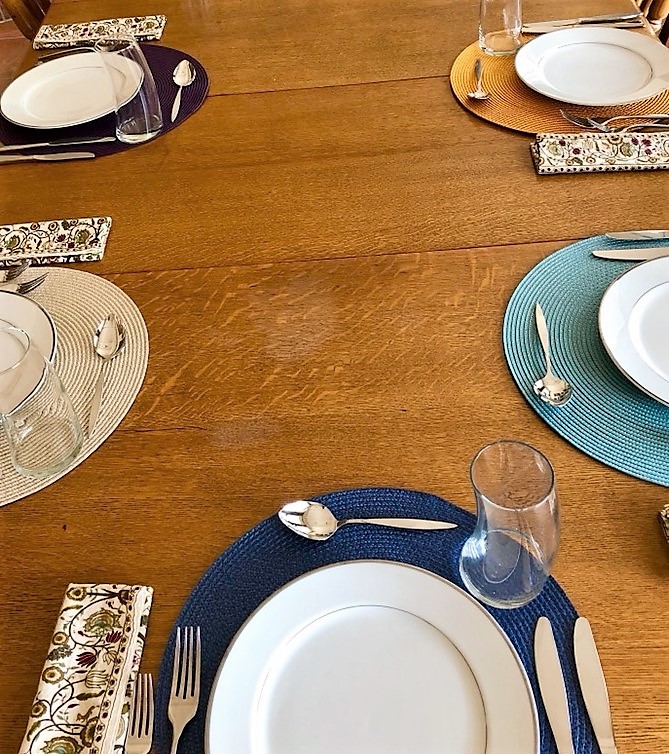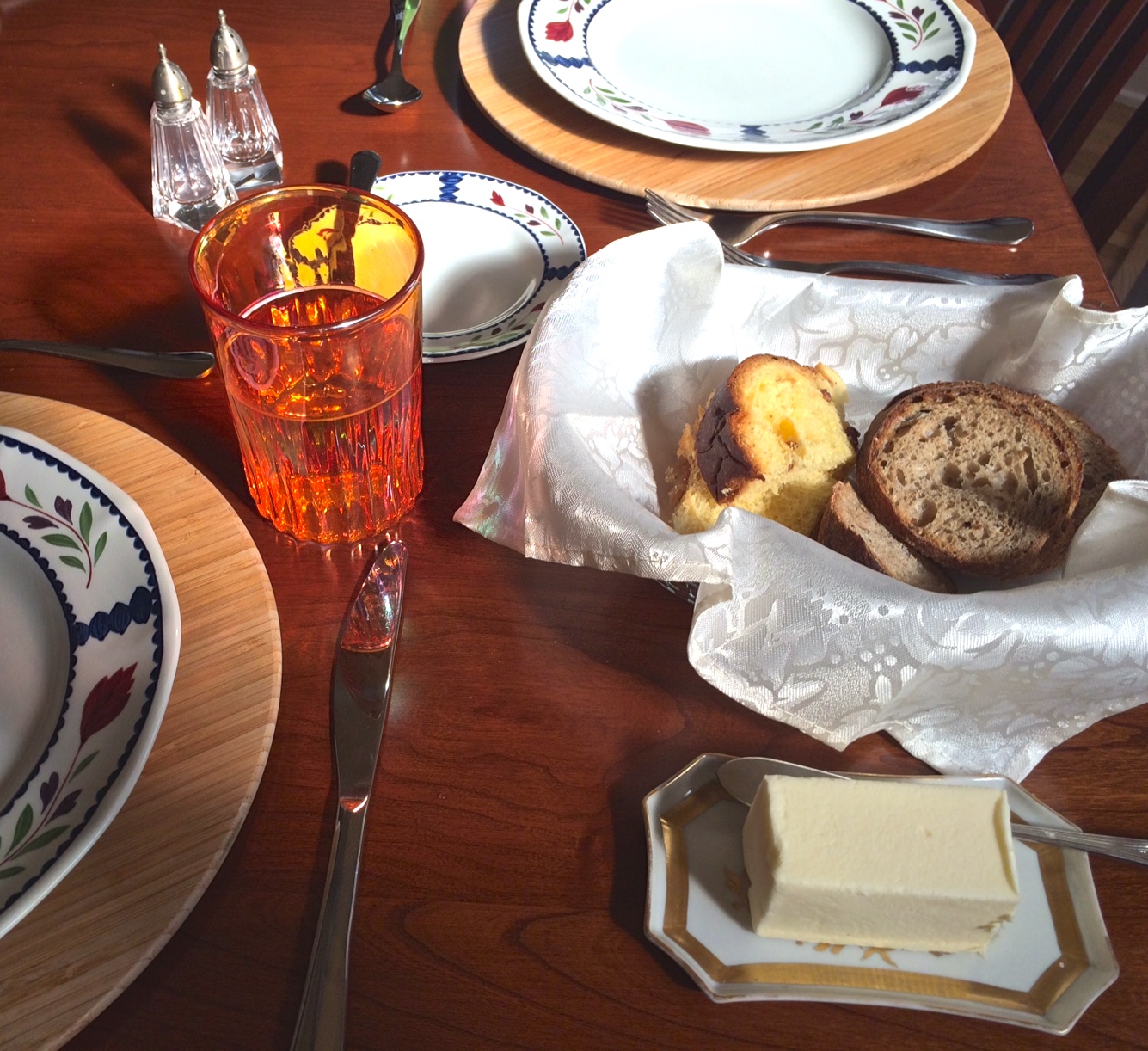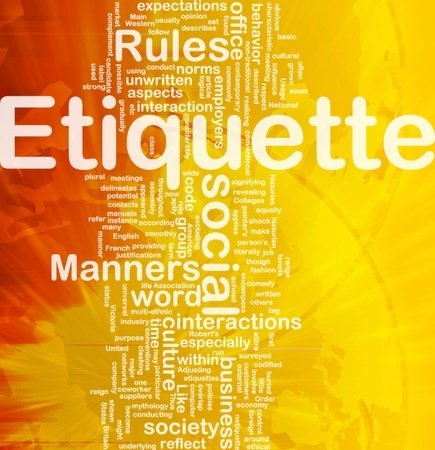Are Traditional Place
Settings a Dying Art?

When something is said to be a lost or dying art, an attitude of forlornness enters the conversation. The dying arts of personal letters, cursive handwriting, and even purchased gifts in paper-wrapped boxes can bring on nostalgia and the concern that something good is in danger of being lost.
A recent conversation brought this point home when I was asked, “Are traditional table place settings a dying art?”
My initial reaction was, “Certainly not!” After all, the majority of etiquette questions I receive are related to table etiquette.
But I also
had to consider that maybe the number of questions on the subject are related
to the evolution of our dining habits.
Tradition!
Appreciating tradition does not commit you to “the good old days,” and "traditional" is not an ideal. Though perhaps linked with people and things you love, these words have a variety of meanings and conjure ranges of images.
Perhaps traditional place settings remind you of Aunt Sally getting out her nice tablecloths and the box of genuine silverware to set a holiday table. Or maybe the phrase brings about visions of weeknight family dinners with parents, brothers, and sisters gathered around the table for a home-cooked meal.
The feelings of togetherness around food are part of our practiced sociality.
And while “traditional place settings” may link to pleasant memories wherein the table anchors a scene in orderliness, knowing what one looks like serves you well as a catalyst for creating gatherings to anticipate with your family, friends, or business associates.
An
indication of this is the vast number of websites listed when “traditional
place setting” is searched online. Clearly, many people are seeking to verify how
to set an appealing, appropriate table. Even if only for special
occasions.
An Orderly Table
Our hectic lifestyles can be disquieting. A properly set table is soothing. But it needs to be functional. That is the message of the evolving tradition.
Place settings are informational guides that map out what is to come when the meal is served. The table setting connects the diner with the menu, but only if it relates what will be served.
Being orderly and logical means including only the dinnerware necessary and sufficient for a particular meal. If you're not serving soup, do not place a soup soon to the right of the knife. And if the salad requires cutting, be sure to include an additional knife. If you're serving bread or rolls, a bread plate is appropriate.
It is such a comfort when you come to a welcoming, well-set table, which may include flowers or candles, depending on the feel or purpose of the occasion. Even simple meals can be dressed up.
A properly set table provides an expectation of pleasant conversation over good food.
The orderliness of place settings, along with practiced knowledge of passing
food and other items, leaves much room for enjoyment of your meal and of the
time spent with those gathered around your table.
A Place for Traditional Place Settings
While "lovely" is always in demand, we still desire the familiarity of recognized patterns of orderliness. But no worries--the pattern is still present.
In this world of advancing forms of communication and technology, what would be sad is if we neglected a great source of quietude--which is sitting down and dining together.
Our work, school, and activity schedules are full, and maybe it takes concerted effort not to crowd out traditional table gatherings, but I have hope that as long as people are eating together, whether for a special occasion or casual family meal, someone will set the table!














